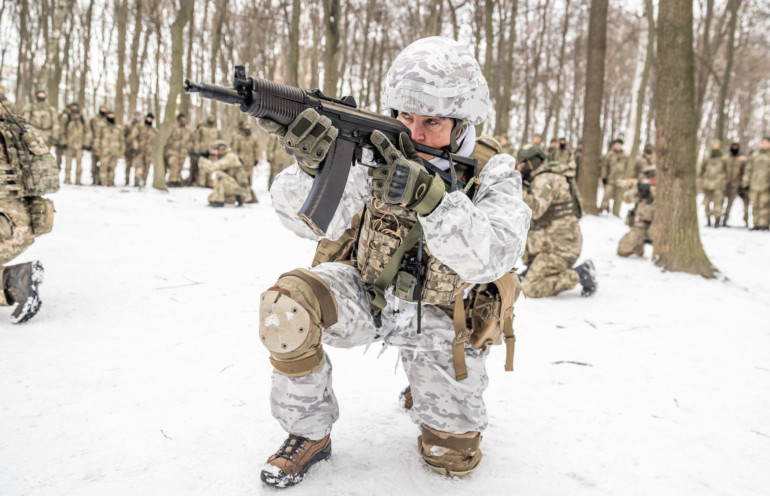Ethan Swope, a 20-year-old freelance photographer and filmmaker from Sausalito, has already accomplished more in his budding career than many of us have at twice his age. He recently documented the buildup to the conflict in Ukraine, immigration tensions at the United States-Mexico border, social unrest in the Middle East and wildfires here in California, to name just a few projects. He’s worked on assignment for prestigious outlets including Getty Images, Associated Press and Bloomberg. He received the 2022 White House News Photographers Association Student Still Photographer of the Year award and numerous College Photographer of the Year accolades. And his short film Migrantes was an official selection at the Mill Valley Film Festival in 2019. Swope has also garnered more than 15,000 followers on his Instagram account, @ethanswopephoto.
This summer, the Tamalpais High School 2020 graduate, who is currently attending Santa Monica College’s virtual film production program, will be a summer photo intern at the San Francisco Chronicle. We chatted with Swope while he was working on location in the Dominican Republic about how he got into photography, how he hopes to make an impact with his work and what his goals are for the future.
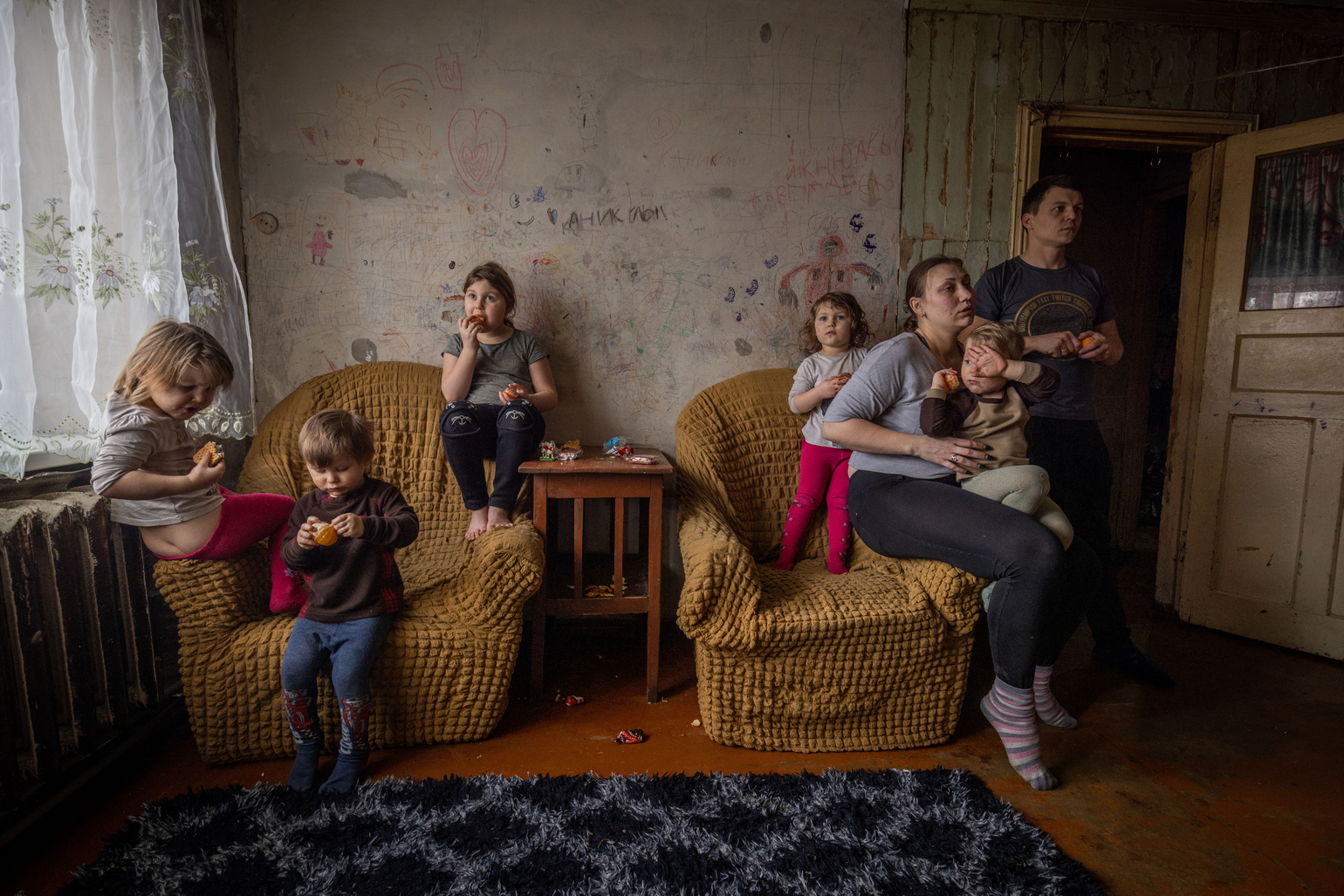
Marin Magazine (MM): What inspired you to get into photography?
Ethan Swope (ES): “I’ve been interested in photography and photojournalists since before high school, but it was through the journalism department there where I was really able to flourish and started taking photos for publication and also with the Marin Independent Journal, where I had a mentorship with Alan Dep, the photo editor. I like being able to tell stories in my community. My camera became like a passport for me, and that gave me access to places I wouldn’t normally have access to.”
MM: What are you most interested in shooting?
ES: “I’m most interested in telling stories around the environment, climate change and how people are affected by events that are happening around the world.”
MM: Where are some of the most interesting places you’ve traveled on assignment?
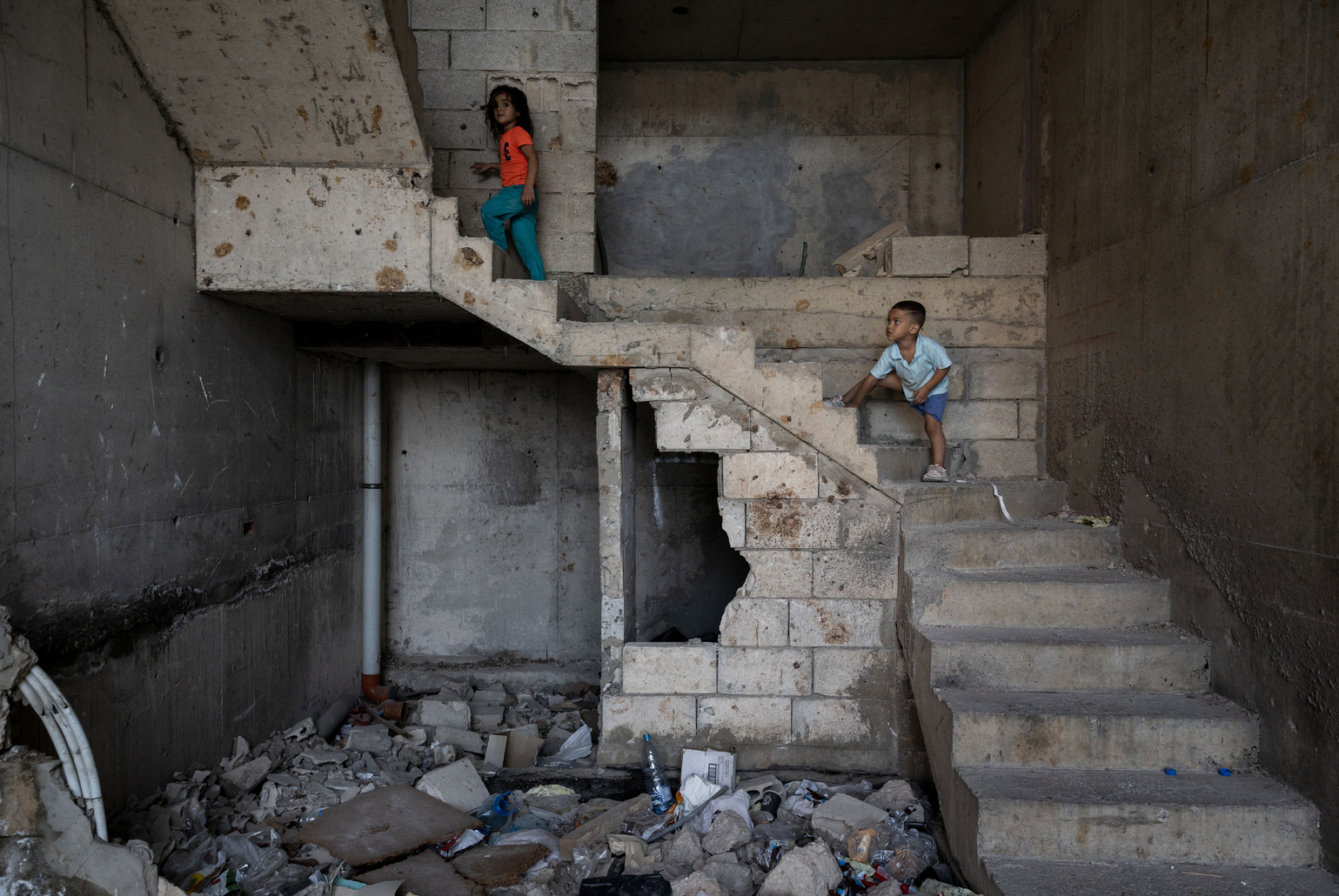
ES: “I’ve been fortunate to be able to work in the Middle East in Lebanon, in Mexico, recently in Ukraine and covering the wildfires in our own backyard. Being a photographer has allowed me to see the world. The most interesting place that I’ve been has to be Ukraine because I was able to spend so much time there and experience the culture to document it from all different angles.”
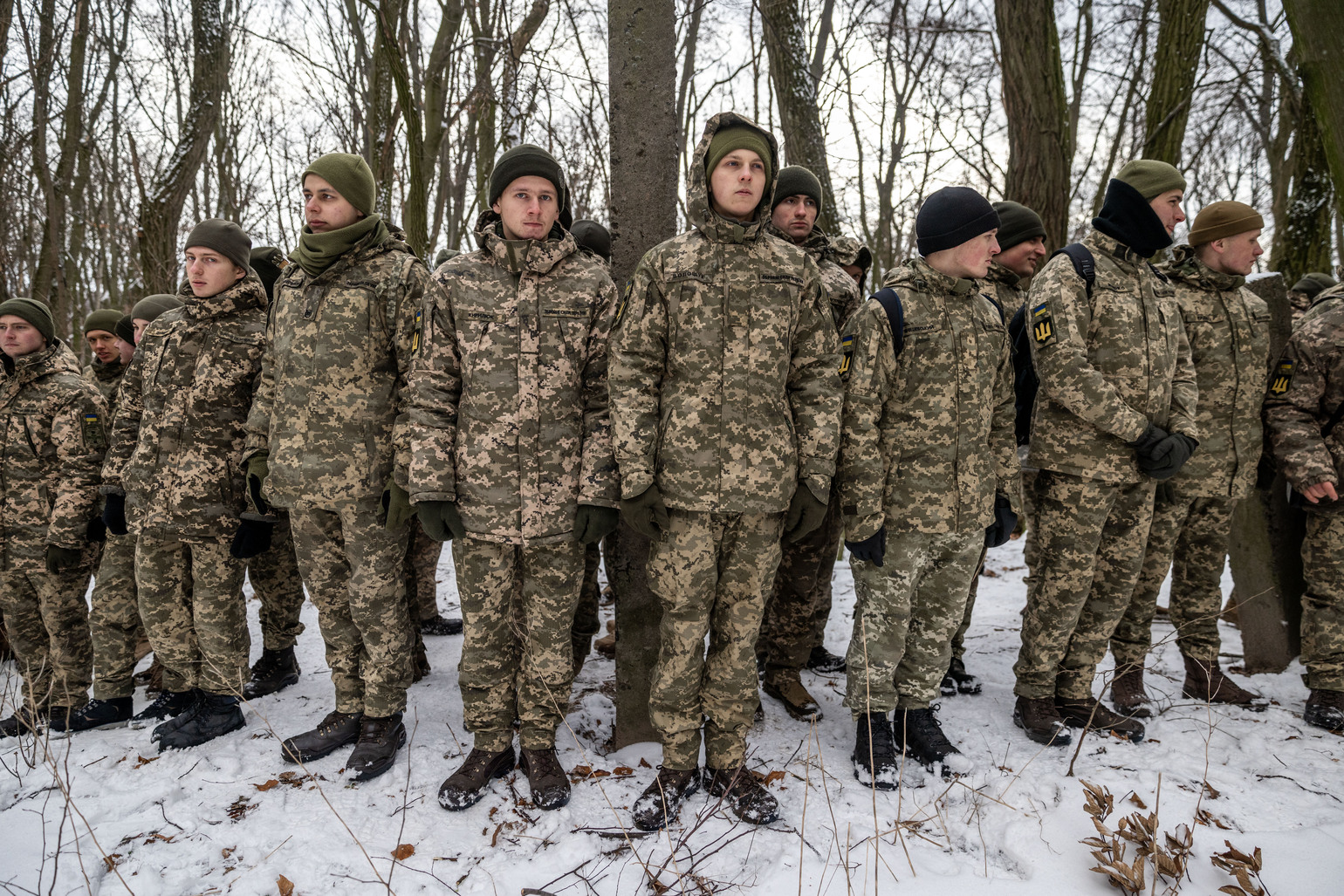
MM: Tell us more about the work you did in Ukraine.
ES: “Back in November and December, we’d been receiving reports of a buildup of Russian forces on the border, and I made arrangements to go to Ukraine on my own. I had contacts with other photojournalists whom I’d made in the Bay Area, and they put me in touch with editors I could work with. I went without an assignment, just covering stories that I felt compelled to document. Eventually, I started doing work for Bloomberg and the Associated Press, initially covering a festival in a small town on the border with Romania and military field hospitals, and then as the buildup to the war was reaching the climax, I was covering civil defense force training, military demonstrations in Chernobyl, and people fleeing the conflict. I arrived on New Year’s Day and was there for nine weeks covering how conflict was affecting civilians. Once the invasion happened, I made the decision a few days later to leave Kyiv and go west to cover the refugee crisis that was ensuing.”
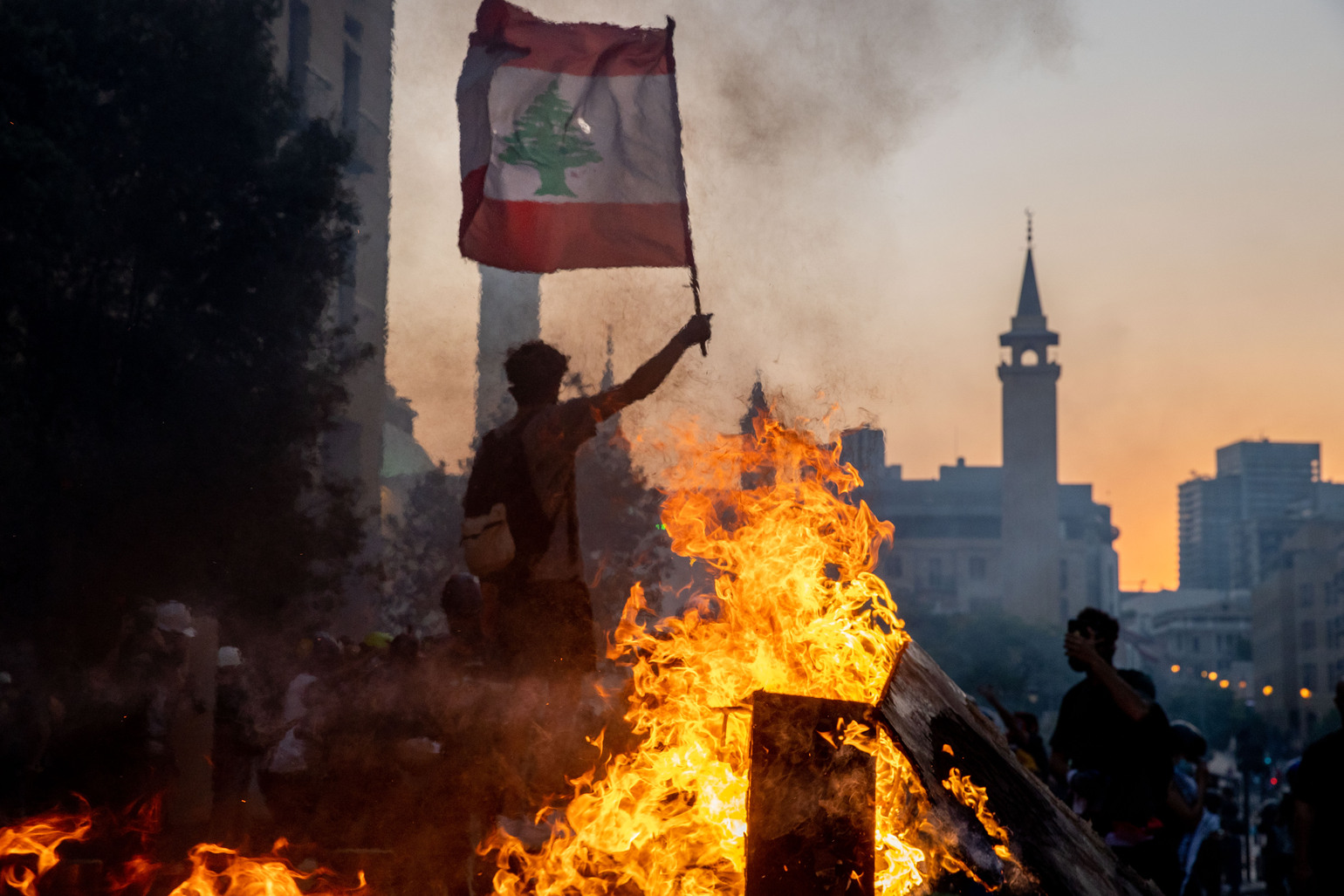
MM: How have ordinary citizens in Ukraine been reacting to the circumstances there?
ES: “The general feeling I got from speaking with people in Ukraine was that no one was expecting Russia to invade. It came as a surprise to them. That being said, people there are resilient, and I’ve seen them rally together to support one another in this time of great need.”
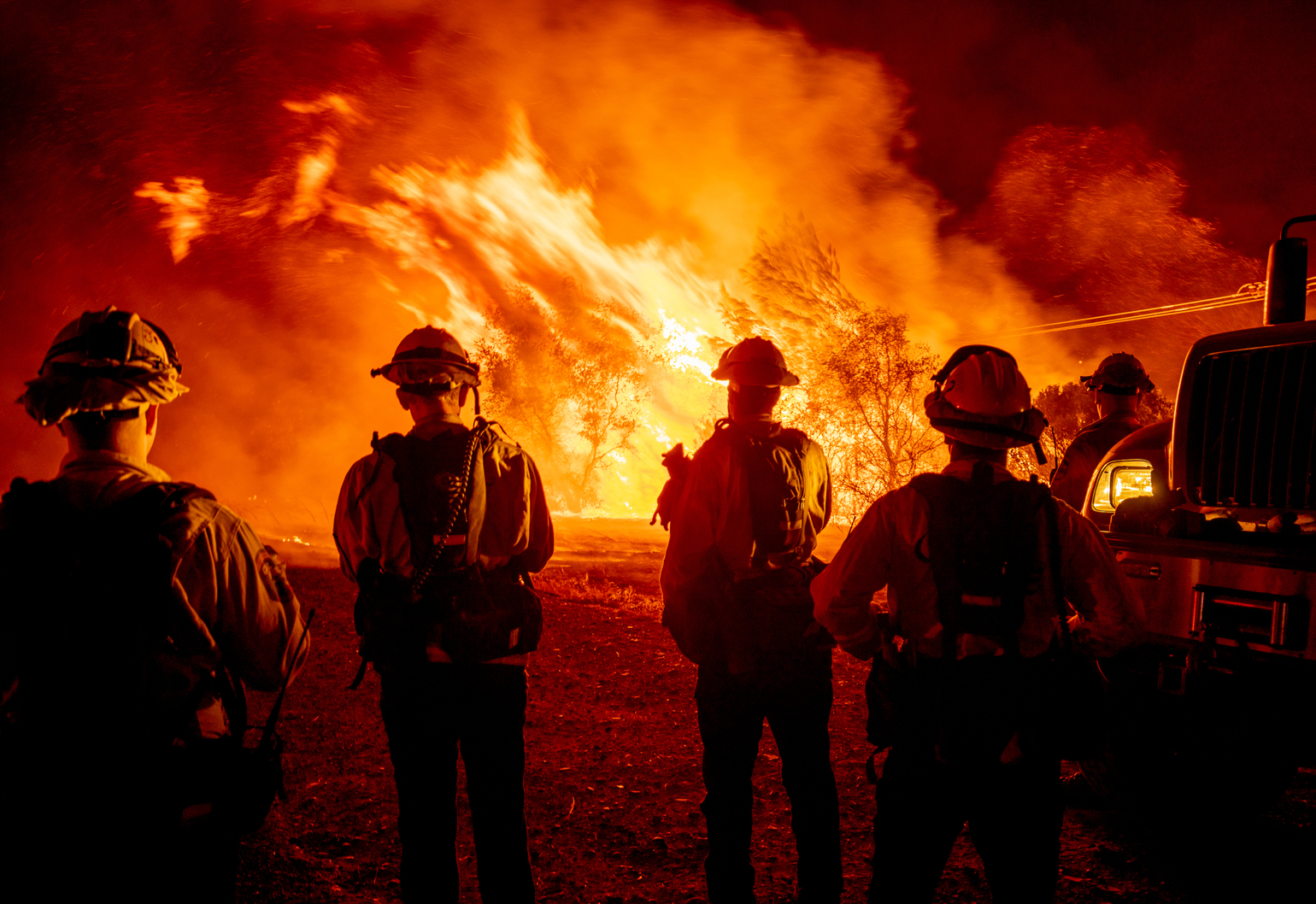
MM: Are there any projects you’re particularly proud of?
ES: “In California, I covered the wildfires here. It’s literally in our backyard, and documenting the impact that climate change is having on our own communities is something that I find meaningful.”
MM: What’s the most challenging aspect of your work?
ES: “There are a lot of challenges — both logistically traveling to cover the story and finding the stories — but once you’re on the ground and you’re seeing destruction and you’re seeing people in the worst times of their lives, being there to document it takes an emotional toll. It takes a lot of empathy to relate to people, and it takes time to process what you’ve witnessed. I remember just coming home after the nine weeks I spent in Ukraine and it took me awhile to decompress.”
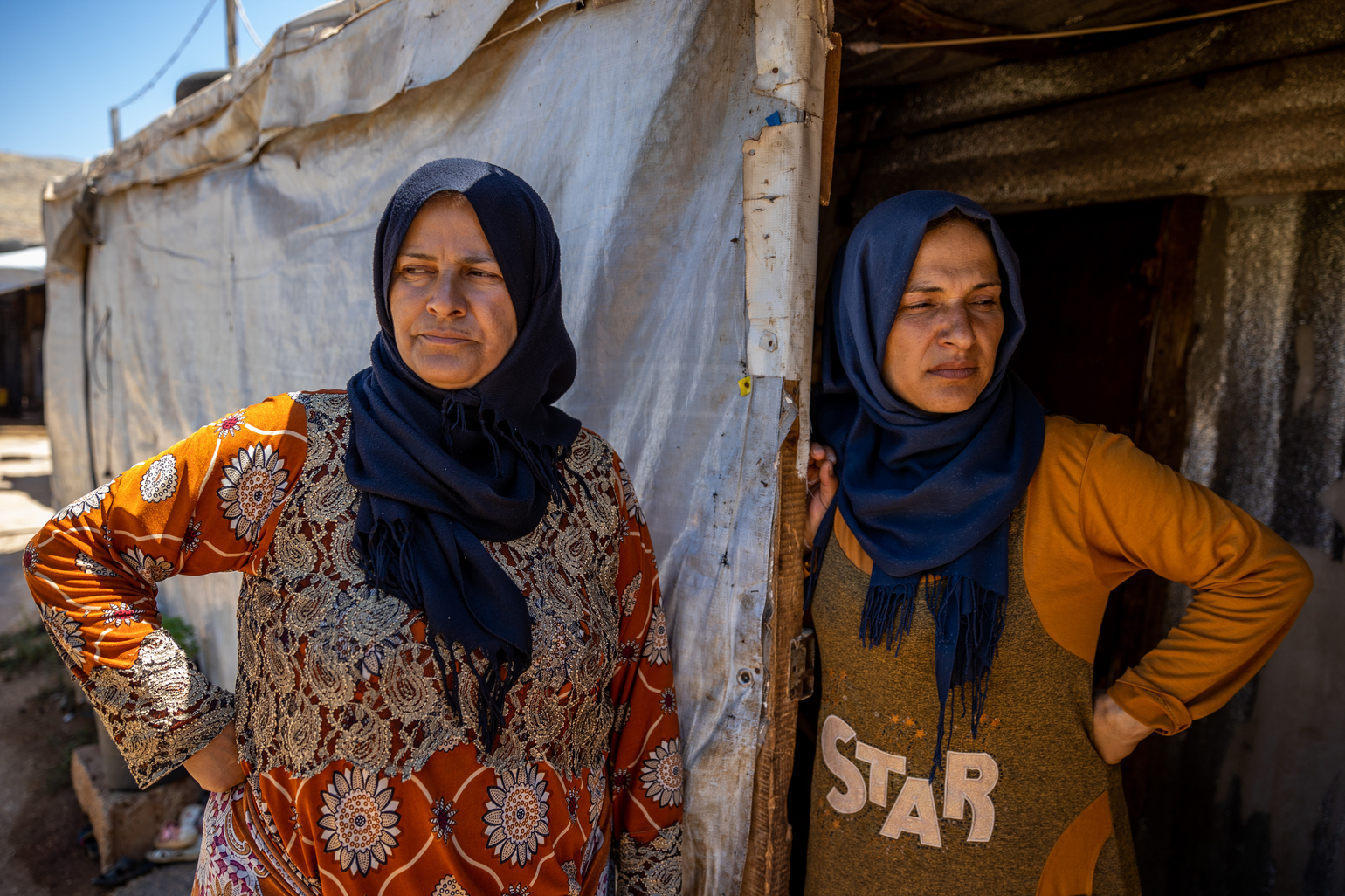
MM: What kind of impact do you hope your photos will make?
ES: “I hope to raise awareness about what humans are going through and what life is like in different places around the world where I’m taking photos. I want to tell the stories of ordinary people going through life in a conflict zone.”
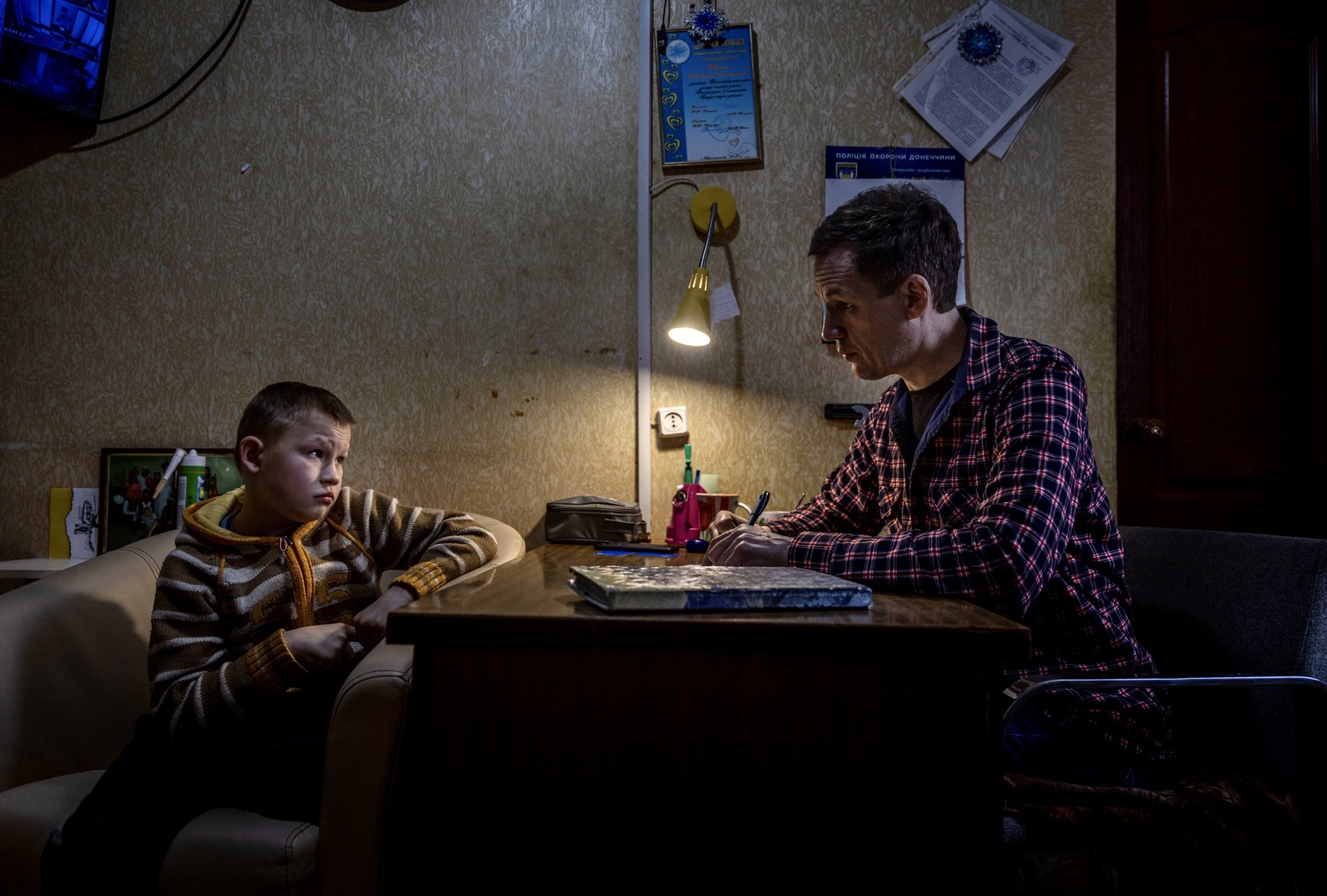
MM: You’ve accomplished so much already at a very young age, but what are your goals for the future?
ES: “I would like to keep telling stories surrounding important issues and events of our time. I know that climate change is only going to worsen, and there will continue to be stories to tell surrounding wildfires and the communities on the frontline that are being affected. Immigration is also one of the most important stories for me. I find it fascinating to see how people around the world are moving and what causes that, so I’m currently working on a project about borders and immigration throughout the world.”
MM: Do you have any advice to share for aspiring documentary photographers?
ES: “My best advice is to just do it. That means picking up a camera, even if it’s just your phone, and taking photos of stories that compel you, even in your own backyard. Find a story that strikes a chord in you and follow your passion, because if you’re doing something that you love you’ll never work a day in your life.”
More from Marin:
- Lucasfilm’s Doug Chiang Talks Designing Star Wars Live-Action, Galactic Starcruiser and Galaxy’s Edge, and Life in Marin
- Wildlife Hikes In Marin: Top Trails to Take, Animals to Spot and What You Can Do to Help Protect Them
- Celebrating the Earth This Month With a Nod to Marin’s Rich History of Environmental Activism
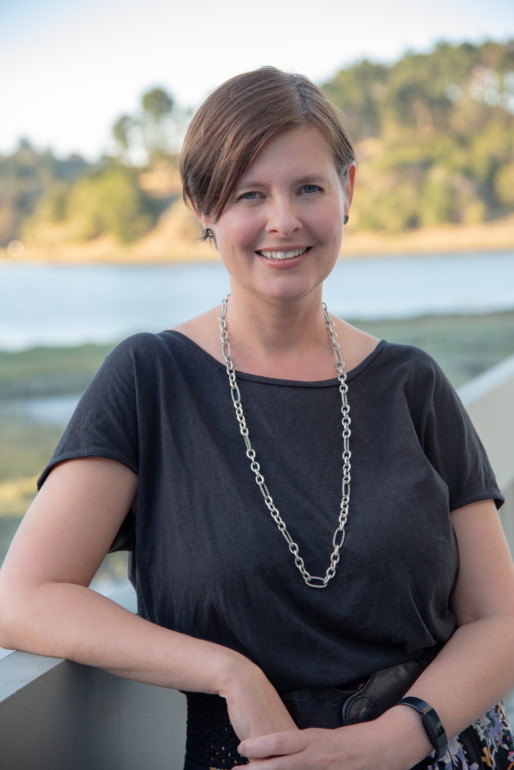
Lotus Abrams has covered everything from beauty to business to tech in her editorial career, but it might be writing about her native Bay Area that inspires her most. She lives with her husband and two daughters in the San Francisco Peninsula, where they enjoy spending time outdoors at the area’s many open spaces protected and preserved by her favorite local nonprofit, the Peninsula Open Space Trust.

